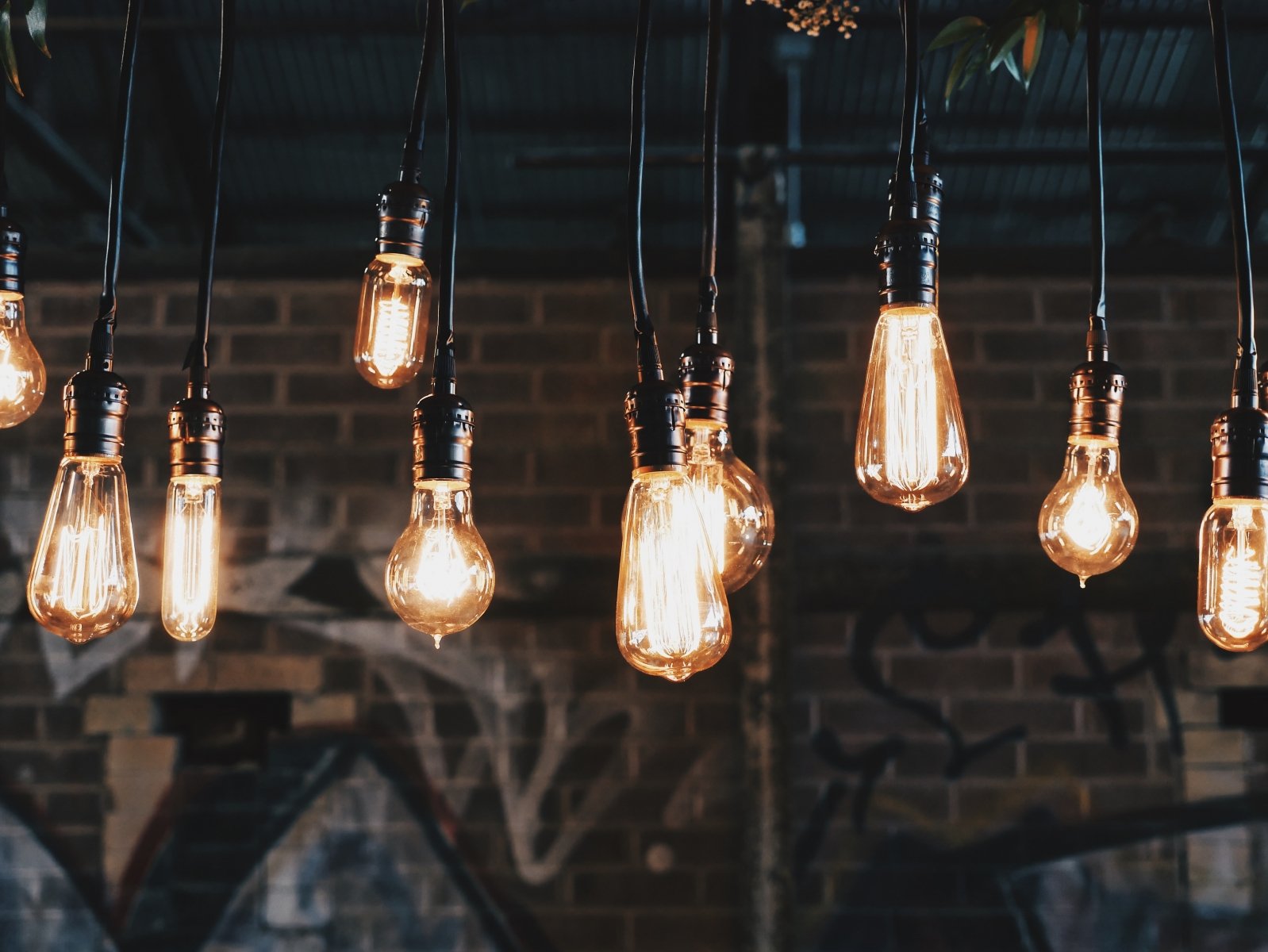U.S. LED Lighting Market Department of Energy Report Summary
Key points to simplify why LED lighting is important for business
Keith McAslan //June 7, 2018//


U.S. LED Lighting Market Department of Energy Report Summary
Key points to simplify why LED lighting is important for business
Keith McAslan //June 7, 2018//

A July 2017 report issued by the U.S. Department of Energy, Building Technologies Office of Energy Efficiency and Renewable Energy found from the period of 2014 to 2017, market penetration installations of LED lighting products have increased in all applications from 3 percent to 12.6 percent. The government stated the potential energy savings impact of LED lighting technology is substantial. This increased penetration of LED lighting in 2016 provided approximately 469 trillion British thermal units (tBtu) in annual source energy savings, the equivalent to an annual cost savings of about $4.7 billion.
As of this report nearly half of all LED lighting installations have been A-type lamps (typical residential medium-screw in base bulbs). The market penetration of LED lighting into linear fixture applications represents the lowest of all general illumination applications; however, it has increased from 1.3 percent in 2014 to 6.0 percent in 2016. Penetration of connected lighting controls remains small, with less than 0.1 percent of lighting installed with these systems in 2016.
Linear fixtures typically are used in commercial offices, manufacturing plants, warehouses, hospitality, medical centers, schools and entertainment facilities. The linear fixtures are lamp replacements for T12, T8 and T5 fluorescent lamps, as well as retrofit kits and luminaires replacing traditional fixtures (i.e. troffers, linear pendants, strip, wrap round and undercabinet).
Parking garages are estimated to have the highest penetration of LED lighting at 32.5 percent in 2016. When comparing indoor versus outdoor applications, LED lighting has a higher penetration in outdoor applications at 29.7 percent, compared to indoor applications where LED lighting has a total penetration of only 12.3 percent. The indoor LED lighting penetration is heavily skewed by the primarily residential adoption of A-type lamp installations.
The opportunity in annual energy savings could approach 2,454 tBtu, about 2.4 quadrillion Btu (quads), if top tier 2016 LED products instantaneously reach 100 percent penetration in all applications.If these same top tier products were also configured with connected lighting controls, they would enable an additional 1,974 tBtu of energy savings for a total of 4,428 tBtu or 4.4 quads. Energy savings of this magnitude would result in an annual energy cost savings of about $44 billion.
Even though connected lighting controls were installed in less than 0.1 percent of all U.S. lighting systems in 2016, this technology is pivotal to maximizing future potential energy savings. These controls consist of networked sensors and controllers integrated into an LED lighting system that enables lighting products within the system to communicate with each other and transmit data.
Connected lighting systems will have especially strong impacts on the savings achieved by commercial and industrial LED applications. Since these products rely on high-quality, high-power LEDs, a technology sector where U.S.-based manufacturers have established a competitive advantage, accelerating their adoption could be a potential positive factor in domestic job creation in the LED lighting industry.
Control technologies will be especially impactful in achieving optimal savings
in commercial and industrial installations using linear or low-bay/high-bay fixtures. Because these lights are on an average of about 12 hours per day, linear and low-bay/high-bay fixtures offer particularly strong potential for energy savings when replaced with LED products. A-type lamps, in contrast, are on less than two hours a day; but their sheer numbers continue to make them an important target for LED replacement technologies as well.
Reasons to Embrace Sustainable Manufacturing
To simplify why LED lighting is important for your commercial offices, manufacturing plants, warehouses, hospitality, medical centers, schools and entertainment facilities, the key points to consider are:
- LED lighting provides an immediate reduction of electricity costs as LED consume at least 75 percent less energy and last 25 times longer that incandescent lighting according to the US Department of Energy.
- Reduction in facility maintenance costs as bulbs and lamps have a longer operational life and often have a 10-year warranty.
- Utility companies often offer significant financial incentives for businesses to reduce power consumption by switching to LED lighting (note: utility rebates are beginning to expire)
- LED lighting and controls provide a comfortable and productive visual environment while effectively monitoring energy consumption by controlling the lighting. Switching LED lighting on/off frequently does not affect their usable life of light emission.
- LED lights are free of toxic chemicals as most conventional fluorescent bulbs contain mercury. There is no health risk if an LED happens to break due to the fact it is a solid-state object.
- LED lighting can improve security and safety with the efficiency, long life and weather resilience by keeping the lights on for longer periods of time.
If you would like to explore and evaluate the type of savings your business could benefit from LED Lighting, please contact ASG Energy at 210-610-0036 or email at [email protected].
p.p1 {margin: 0.0px 0.0px 0.0px 0.0px; font: 16.0px Calibri; -webkit-text-stroke: #000000}
span.s1 {font-kerning: none}
span.s2 {text-decoration: underline ; font-kerning: none; color: #955072; -webkit-text-stroke: 0px #955072}

























